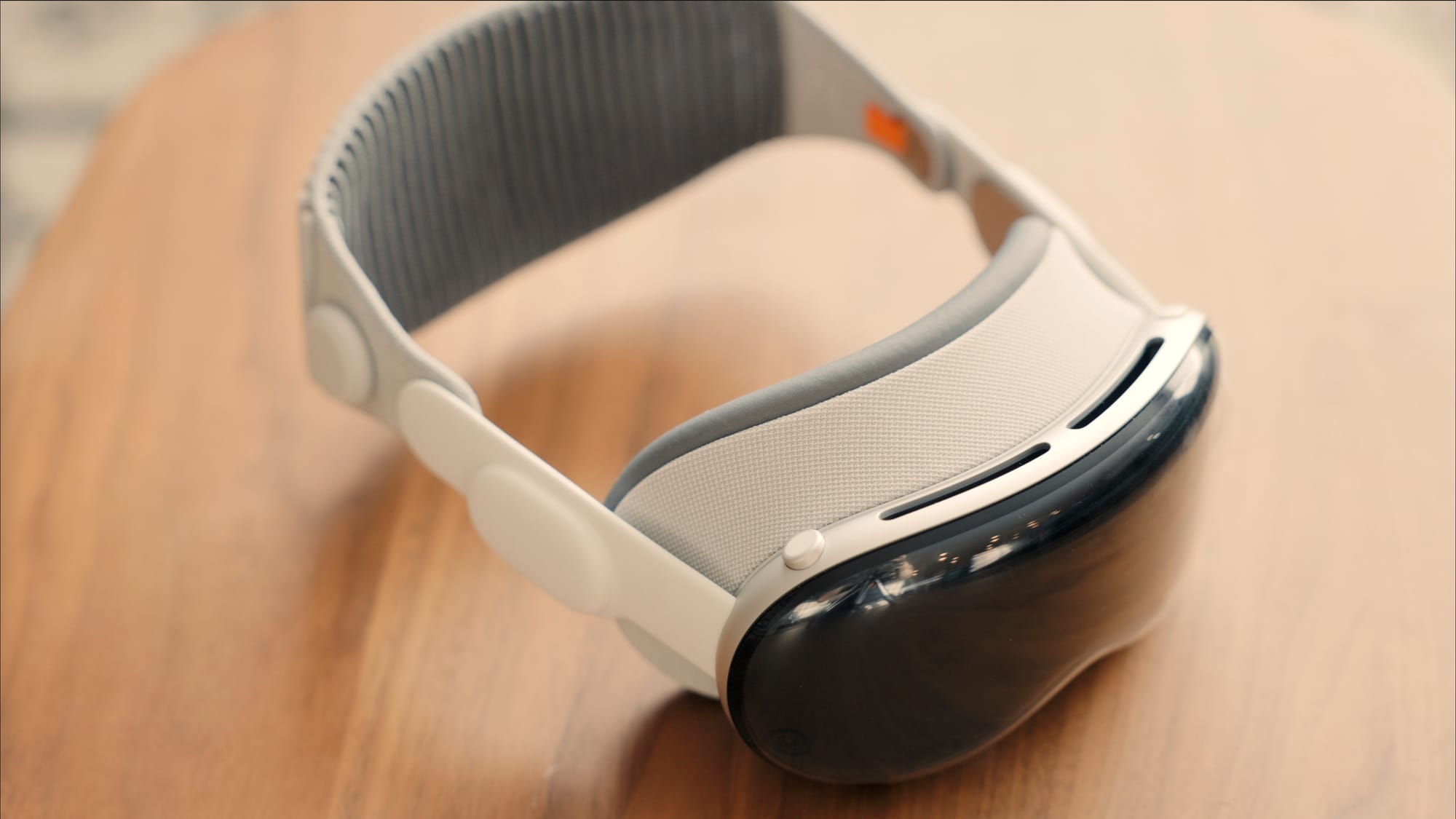Why reviewing the Vision Pro is so hard

If you handed me the iPhone 16 Pro today and told me that I needed to have a written review of it done by tomorrow that helped people understand if it was a phone worth upgrading to, I could do it no problem. I’d have to leave out battery life, but every other aspect of the phone could certainly be communicated to a reader on short order. Sure, some longer term impressions would be nice to see how the new features live up after the novelty wears off, but I could definitely deliver something that explained the value proposition to a user quickly.
This is possible because both the reader and I have extended experience in this product space. As a reviewer, I’ve used dozens of phones over the years and I can tell numerous things about a phone within a matter of moments of picking it up for the first time, and not much longer to figure out how it compares to other phones. Similarly, you dear reader have a history with smartphones as well, and I don’t need to explain the concept of a phone, how a phone fits into your life, and what it’s like to use a touch screen with multi-touch. When I tell you it feels more responsive, you know what that means. When I say the screen is brighter or the camera takes better pictures, that’s all incremental to a large base of knowledge we’re both pulling from. Sure, there are people out there buying their first smartphone in 2024, but honestly we’re well past the point where normal mainstream reviews of phones need to explain the basics.
But the Vision Pro brings basically none of that to the mix. How do I describe the clarity of apps in visionOS when you’ve never worn a computer on your face? How do I explain comfort when you have nothing to compare it to? How do I explain general performance when you don’t have a baseline for what you’d expect from a headset like this? VR headsets have existed for a while now, but most people still haven’t had one, and it’s unlikely they have used one for productivity in the way Apple is building visionOS.
I’ve tried to tackle this by posting numerous, more focused articles rather than one big review.
I guess what I’m saying is to have some sympathy for people who needed to post a capital R “Review” for their job, and had to do it after using the Vision Pro for just a few days, it wasn’t easy.
I really liked the way Jason Snell put it in his review:
Like those early computers, the Vision Pro is an expensive piece of cutting-edge technology that strongly suggests a possible future. (Is it really the future? That, we don’t know.) There are very few use cases for which I can say that, yes, the Vision Pro is a smart investment at $3499. Getting a taste of the future isn’t cheap, and it’s not especially practical, but it’s such a rare opportunity that it can sometimes be worth it anyway.
The Vision Pro is absolutely not a practical purchase for basically anyone, and there are far more effective ways most people could spend $4,000 to make their computing lives better, but for a certain group of people that’s okay.
Discussion